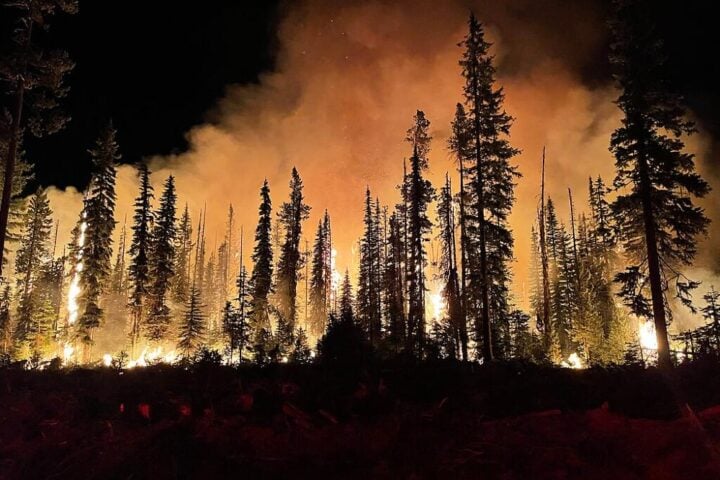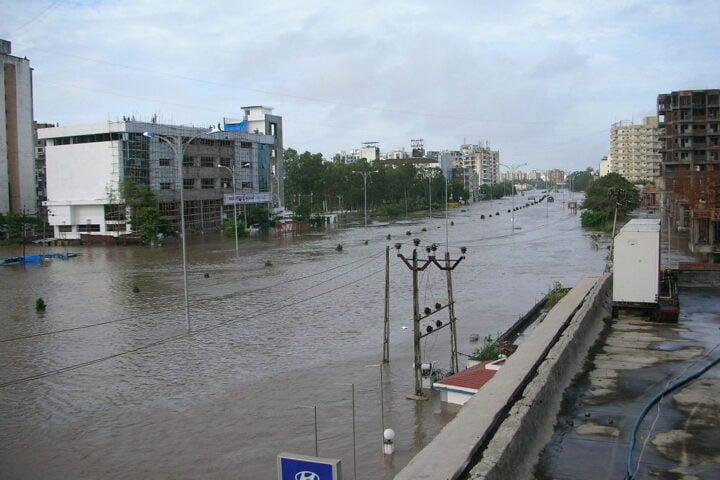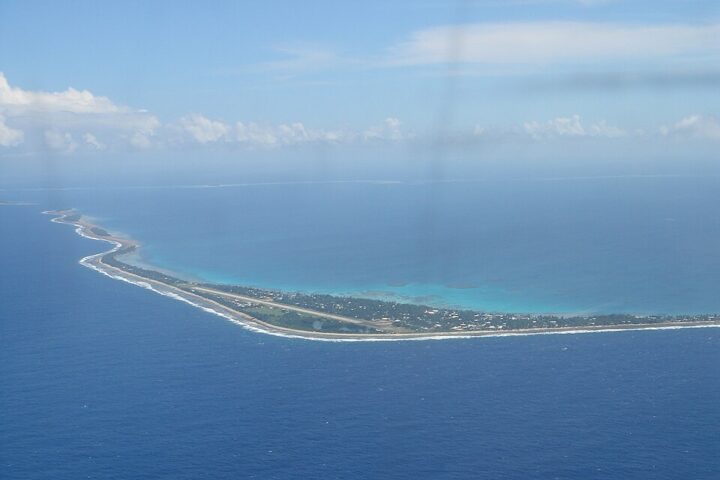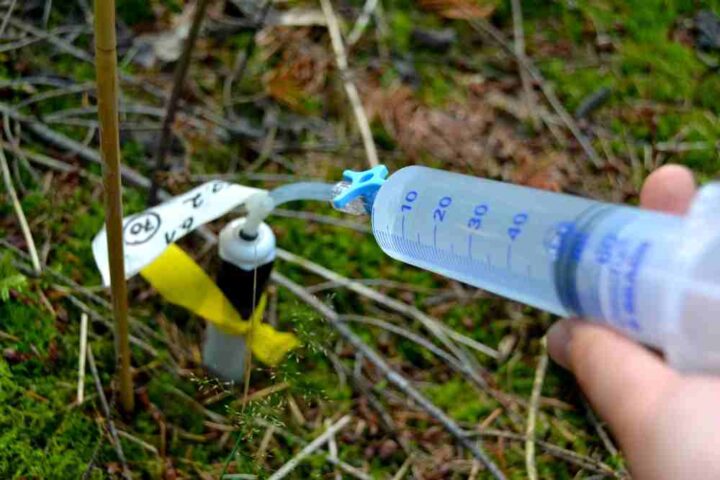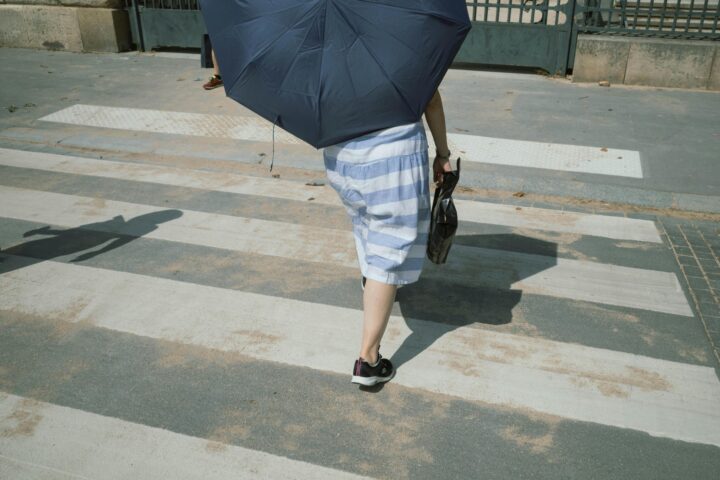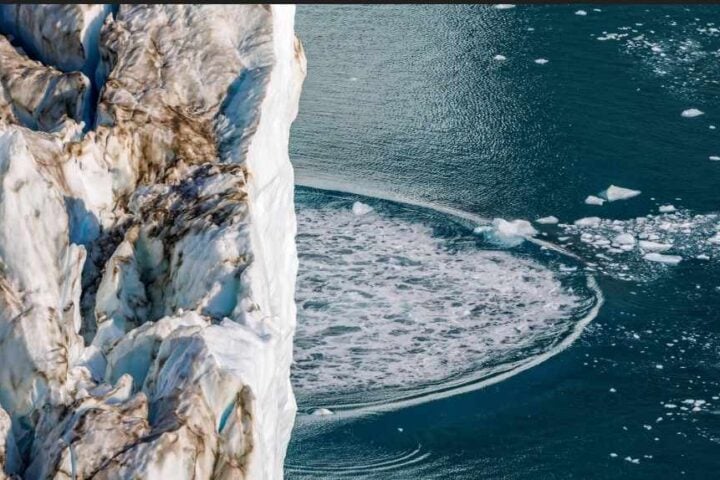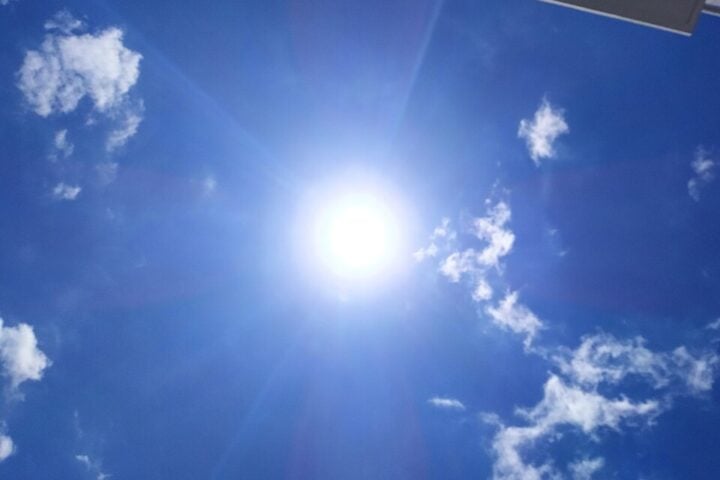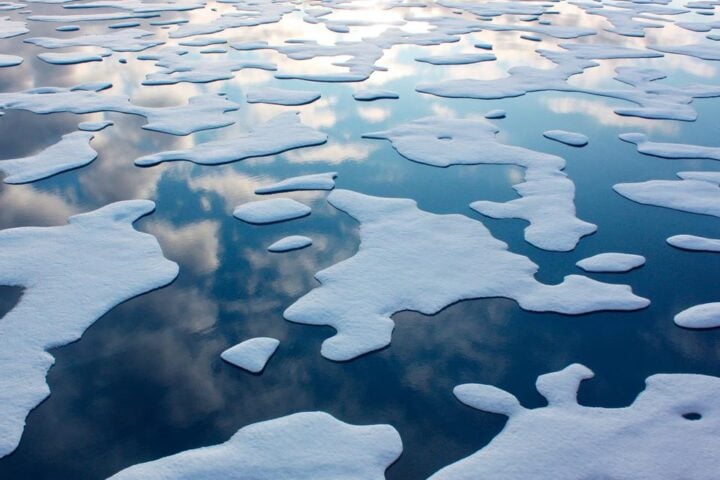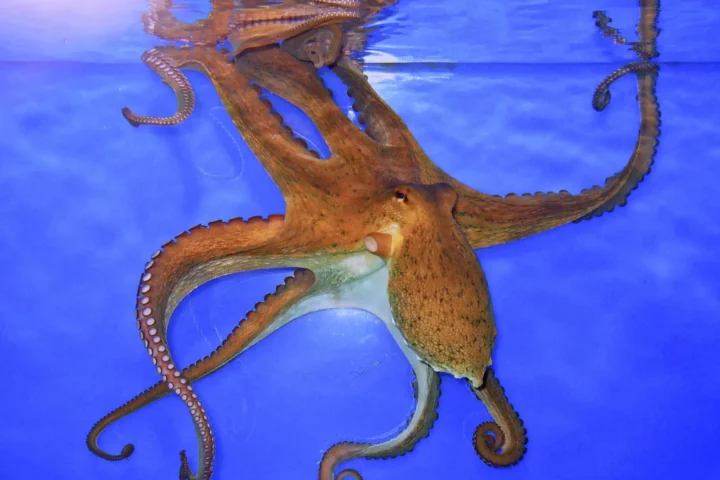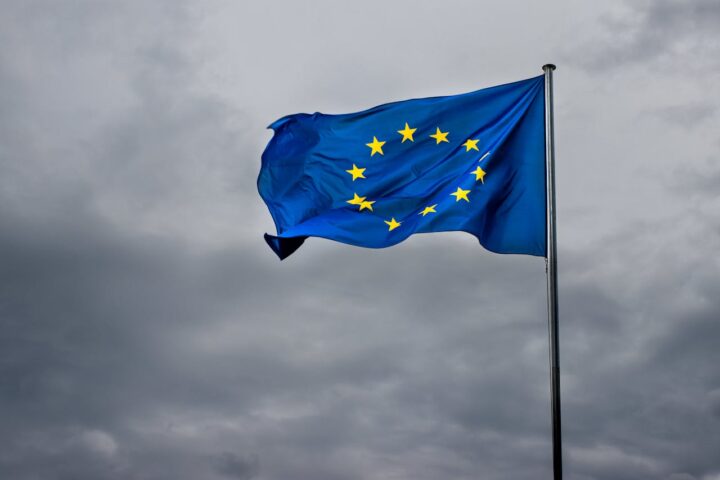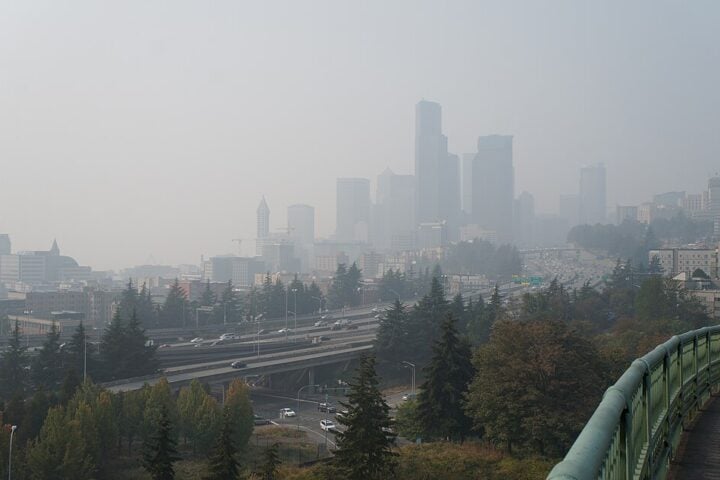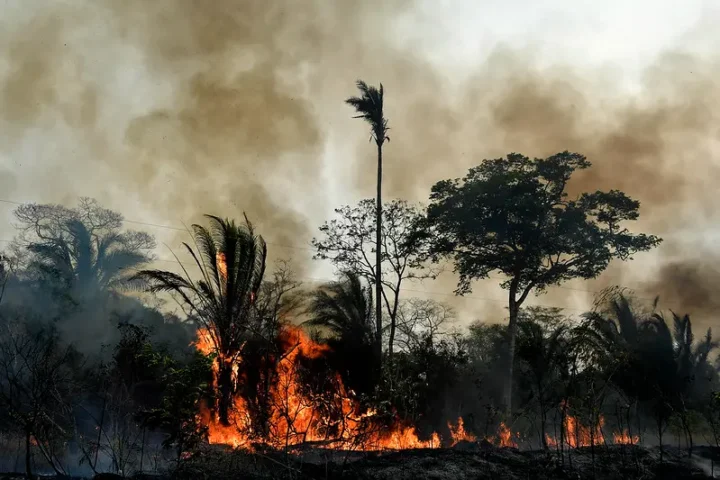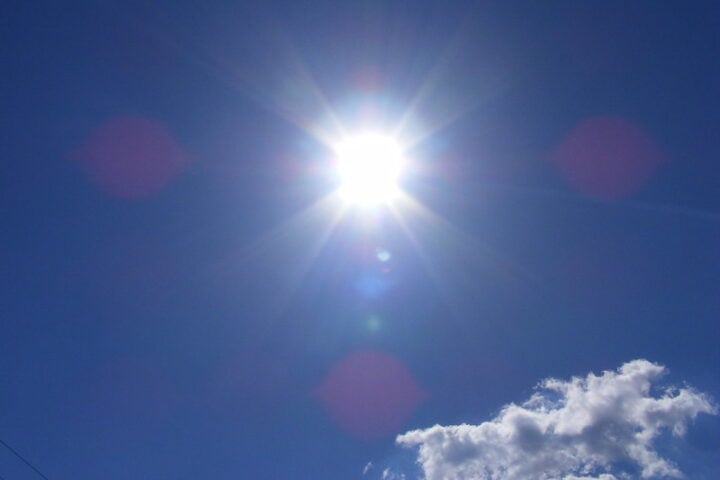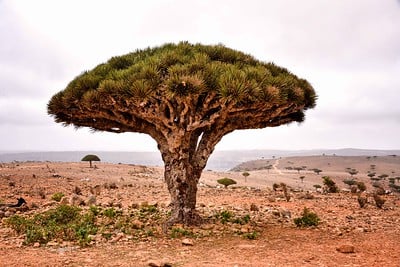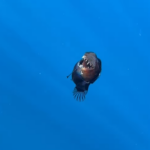- Echoes from the Past
- Scientific Deep Dive
- Navigating Through Marine Heatwaves
- Frontline of Climate Change
- Collaborative Insights
- Community Heartbeat
- Charting New Courses
- Historical Echoes and Future Predictions
- The Pulse of Ocean Health
- The Dynamic Bering Sea
- Scientific Recognition and Collaboration
- A Clarion Call for Action
- Holistic Understanding and Future Preparedness
- Bridging Knowledge and Tradition
- Commitment to a Sustainable Future
NOAA Fisheries scientists unraveled the mystery behind the eastern Bering Sea’s snow crab nosedive, linking their starvation to the belly of the 2018-2019 marine heatwave. Alaska’s snow crab fishery slammed its doors for the first time in history in 2022, a wake-up call to the economic and ecological havoc wreaked by searing marine heatwaves. Cody Szuwalski, a braintrust at the Alaska Fisheries Science Center, painted a grim picture of snow crabs caught in a perfect storm during the heatwave: ravenous appetites they couldn’t satisfy, shrinking homes, and wasting bodies. The snow crab calamity, one of the ocean’s heaviest losses chalked up to marine heatwaves, waves a red flag at the mounting threats climate change throws at our blue planet and its coastal guardians.
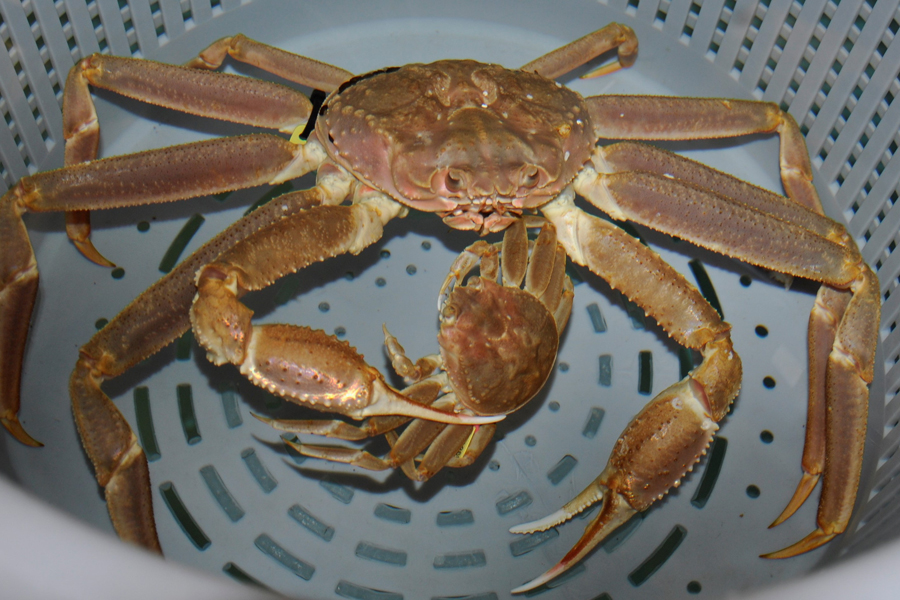
Echoes from the Past
A dive into the past shows a chilling story: billions of young snow crabs vanished from 2015 to 2021, a sign of the Bering Sea’s moody swings. The snow crab, a linchpin in the Bering Sea’s deep-sea drama, anchors a commercial saga that pumped $150 million a year into our pockets — a loss we can’t afford to ignore. St. Paul, Alaska, cradling the world’s crab processing giant, faced an existential crisis as the snow crab saga unfolded, putting faces to the cost of marine life’s struggle.
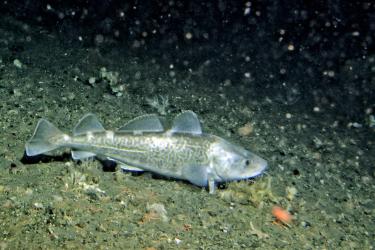
Scientific Deep Dive
After a scientific deep dive, usual suspects like predators, diseases, and accidental catches got the all-clear, spotlighting the marine heatwave’s stealthy killer: starvation. Lab sleuths uncovered a critical clue: snow crabs’ energy needs nearly doubled as water thermometers rose, mirroring the heatwave conditions, leaving them desperately hungry. Mike Litzow, stationed at Alaska Fisheries Science Center’s Kodiak Lab, drew lines connecting the dots between struggling snow crabs and Pacific cod, sketching a pattern in the ocean’s response to climate hiccups.
“The unprecedented caloric demands coupled with a small area from which to forage relative to historical grounds provide more evidence to support the model conclusions that starvation likely played a key role in the snow crab decline. This event mirrors what happened to Pacific cod in the Gulf of Alaska in 2016 during a marine heatwave. We also suspect some cannibalism was occurring given the overlap between adult and juvenile crabs in the same small area.
Mike Litzow, Director, Alaska Fisheries Science Center’s Kodiak Lab
Similar Posts
Navigating Through Marine Heatwaves
The study throws a lifeline, suggesting we hedge our bets with diverse fishing ventures and ocean farming to weather the storm of future marine heatwaves and ecological upsets. Szuwalski dropped anchor on a crucial point: we can’t sail forward by just looking back; uncharted environmental waters demand fresh, nimble moves in how we manage and conserve our shared seas. It’s all hands on deck in the scientific community, pooling data and sharpening models to guide those steering the ship through uncertain marine futures.
“All of these factors cause some mortality, but only temperature and population size could explain the increase in mortality during the heatwave on such a scale in our models. High temperatures and large population sizes suggest starvation was a likely cause of the decline.”
Cody Szuwalski, Lead Author and Alaska Fisheries Science Center Stock Assessment Scientist
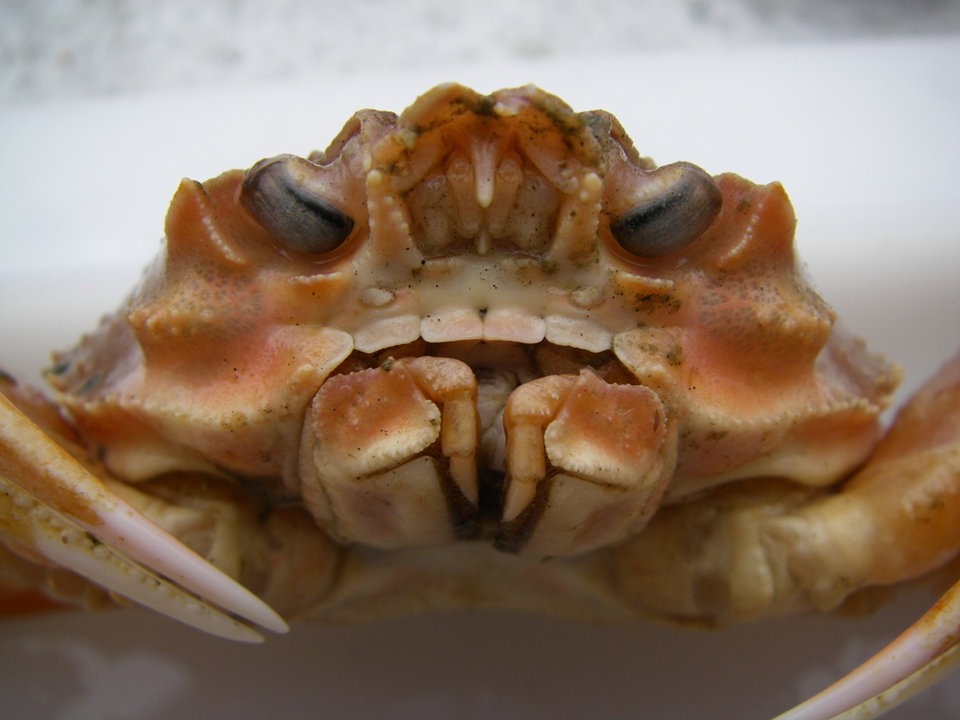
Frontline of Climate Change
The Bering Sea, a frontline in the climate change showdown, previews the global challenges on the horizon, calling for savvy, science-backed action to shield marine life and human dreams. The snow crab’s tale isn’t solo; the Bering Sea’s cast of marine characters ride their population roller coasters, hinting at a bigger plot that needs a broad, inclusive management script.
Collaborative Insights
The paper’s treasure trove of extra data and methods shines a light on the research’s depth and the open-book approach valued in the quest for ocean wisdom. This joint venture, spanning institutions and drawing from years of ocean diaries, celebrates the spirit of teamwork in navigating environmental enigmas. This saga isn’t just about crabs; it’s a ripple effect, where one marine life’s stumble could start a cascade, touching lives both in and out of the water.
Community Heartbeat
Beyond the science, these findings ripple through real lives, especially in heartbeats like St. Paul, Alaska, where crabbing is more than a job; it’s their heartbeat. The study flags a critical lifeline: swift, sure disaster relief funds to keep fishing communities afloat amidst ecological tempests.
Charting New Courses
The snow crab chronicle isn’t an end but a beginning, charting courses for future ocean explorers in marine biology and climate science, urging a closer look at climate change’s shadowy hand. Sablefish thriving while snow crabs flounder tells us this: every sea dweller rides the climate waves differently, and our playbook must match their moves.
Historical Echoes and Future Predictions
Rewinding to the snow crab’s 1990s downturn shows a different foe: not a sudden food crash, but a slow, silent dwindling of new claws on the seafloor, warning us that threats wear many masks. Predictive models, weaving in environmental tightropes, offer a crystal ball into the life and death stakes for snow crabs, a guide for gauging the fates of other sea roamers in shifting homes.
The Pulse of Ocean Health
The authors champion the steady drumbeat of biological check-ups, a reminder that keeping our finger on the pulse of ocean health steers us to wise, adaptive choices. The early 2022 lifeline for snow crab disaster relief, while a beacon, also flags a tough sea truth: help can’t always outrun the storm, and short-term fixes don’t always hold the line.
The Dynamic Bering Sea
The Bering Sea’s ever-shifting tides, with marine populations ebbing and flowing, serve up both challenges and chances, demanding a captain’s keen eye and steady hand in steering sustainable courses. This research isn’t a lone lighthouse; it’s a signal flare, spotlighting the urgency of global climate action as the Bering Sea’s trials forecast storms brewing for oceans worldwide.
Scientific Recognition and Collaboration
Landing a spot in a top-tier scientific journal in 2023, this study doesn’t just talk; it speaks volumes, passing the rigorous tests and critical eyes of peers, underscoring its weight in the wider world of science. A tip of the hat to the many minds and hands in this work highlights a cornerstone of groundbreaking science: it takes a village, united in curiosity and purpose.
A Clarion Call for Action
The snow crab’s steep dive, while a warning bell, also opens doors for thinkers, doers, and dreamers to join forces in understanding, cushioning, and adapting to climate change’s blows to our blue world. These findings reach beyond lab walls and academic halls; they’re a clarion call for leaders, ocean guardians, and everyday folks to tackle climate change at its roots and stand up for our vulnerable ocean kin.
Holistic Understanding and Future Preparedness
This isn’t just a study; it’s a 360-degree view of an ecological crossroads, a call for a big-picture lens to truly grasp and grapple with the crises in our interconnected, ever-changing blue planet. While the snow crab takes center stage in this narrative, it joins a chorus of research shaping the grander dialogue on climate change, ocean stewardship, and fishing for the future. These insights don’t just map where we are; they chart unknown waters, challenging sea sentinels to foresee and fortify against a spectrum of possible marine futures.
Bridging Knowledge and Tradition
NOAA’s alliance with local lore-keepers marries centuries of sea tales with cutting-edge science, enriching our understanding and guardianship of the waves we all share. The snow crab’s downward spiral sends a distress signal, urging a sea change in how we tend our nets and nurture the ocean, moving from single-species fixes to a whole-ocean wellness plan.
Commitment to a Sustainable Future
This work isn’t a one-off; it’s a clarion call for sustained commitment to ocean-friendly practices, policy makeovers, and worldwide teamwork in the face of climate change’s relentless march. As our world faces the tide of climate challenges, the snow crab’s story is both a testament to marine and human resilience and a stark siren, urging us to turn the tide on our environmental trajectory.
“Current management tools base projected sustainable yields of fish catches on the historical dynamics of a population. However, projections based on historical dynamics are not reliable when the future of a region doesn’t resemble the past.”
Cody Szuwalski, Lead Author and Alaska Fisheries Science Center Stock Assessment Scientist
